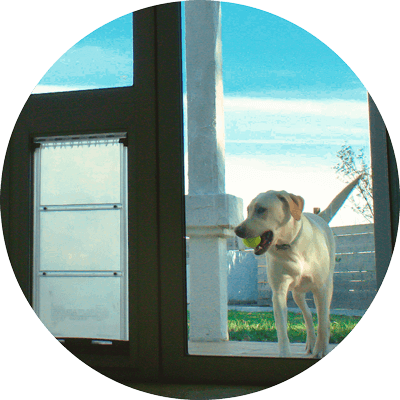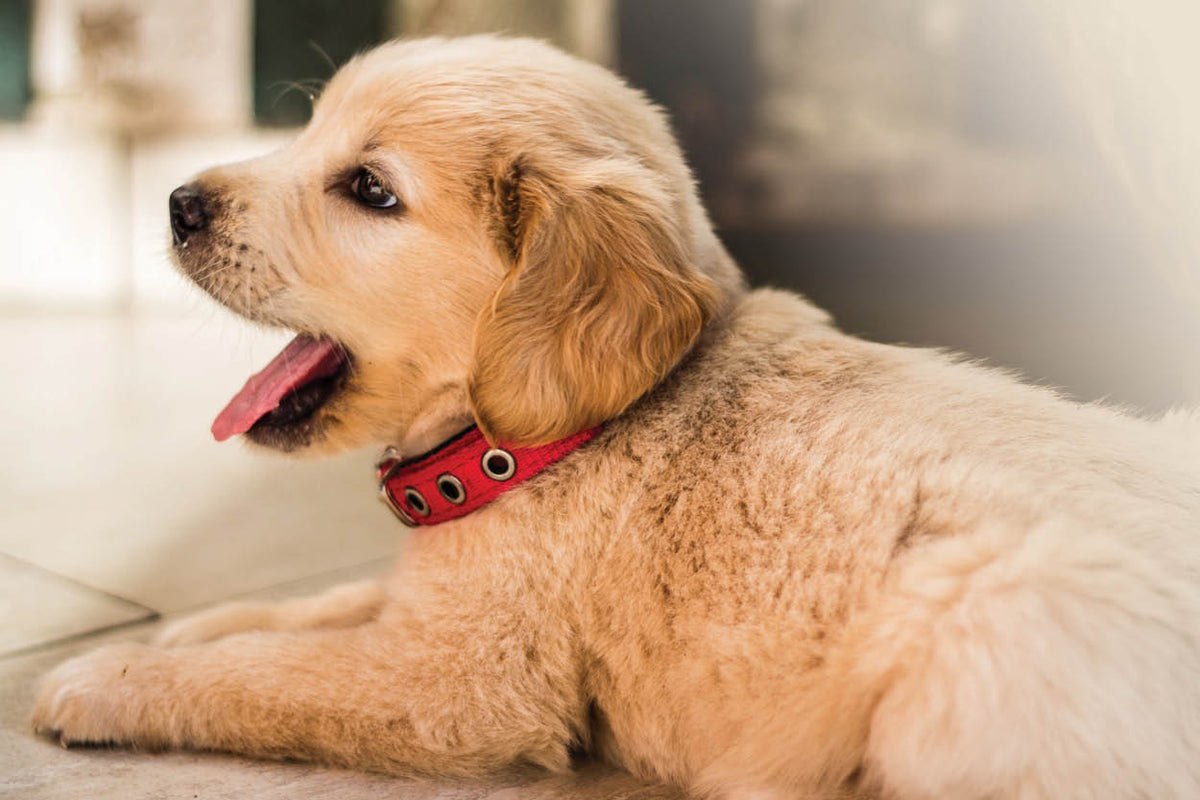Are you tired of constantly having to open and close the door for your furry friend? Or maybe you're looking for a way to give your pet more freedom to come and go as they please. Whatever the reason, investing in a pet door can be a game changer for both you and your pet. However, with so many options available on the market, it can be overwhelming to know where to start. In this article, we will provide you with a comprehensive guide on how to select the perfect pet door for your home and furry companion.
1. Understanding the Different Types of Pet Doors

There are several types of pet doors available, each with its own benefits and limitations. Before making a decision, it's important to understand the different types and which one would suit your needs best.
Electronic/Magnetic Pet Doors
These types of pet doors use a magnetic or electronic key attached to your pet's collar to activate the door, allowing only your pet to enter or exit. This type of pet door provides added security and prevents other animals from entering your home. However, they can be expensive and may require batteries or electricity to function.
Manual Pet Doors
Manual pet doors are the traditional type of pet door where your pet can push through a flap to enter or exit. These are typically the most affordable option and do not require any additional technology. However, they may not provide as much insulation and can allow other animals to enter your home.
Wall-Mounted Pet Doors
Wall-mounted pet doors are installed directly into a wall instead of a door. They offer added security and can be ideal for larger pets. However, they may require professional installation and can be a permanent fixture in your home.
Panel Pet Doors
Panel pet doors are designed to fit into existing glass doors or sliding doors, providing a temporary solution for renters or homeowners who do not want to modify their doors. They are easy to install and remove, but may not provide as much insulation.
Pet Doors with Timers
If you want to control when your pet can use the door, consider a pet door with a timer. These doors allow you to set specific times for your pet to enter or exit, providing added security and control.
2. Measuring Your Pet for the Perfect Fit

Before purchasing a pet door, it's crucial to measure your pet to ensure a proper fit. The last thing you want is a door that your pet cannot comfortably use. To measure your pet, follow these steps:
- Measure your pet's width by placing a tape measure from one side of your pet's body to the other at the widest point.
- Measure your pet's height by placing the tape measure from the top of your pet's shoulders to the floor.
- Measure your pet's depth by having them sit down and measuring from the tip of their nose to the base of their tail.
- Compare your measurements to the recommended size guide provided by the pet door manufacturer.
It's important to note that if your pet is still growing, you may want to consider a larger size to accommodate their future growth.
Benefits of Properly Fitting Pet Doors
Having a properly fitted pet door not only ensures the comfort and safety of your pet but also provides other benefits such as:
- Preventing unwanted animals from entering your home.
- Reducing drafts and energy costs by keeping the outside air out.
- Providing your pet with a sense of independence and freedom.
3. Consider the Location for Installation

The location of your pet door is another crucial factor to consider. Some questions to ask yourself when determining the location are:
- Will the door be installed in an interior or exterior wall?
- Is the area free from any electrical or plumbing?
It's also important to consider the surroundings of the installation area. For example, if you have a busy street or live in an area with potential predators, you may want to avoid installing the door in that location.
Tips for Installation Location
- For safety reasons, avoid installing the door near any potential hazards such as pools or stairs.
- Consider the weather conditions in your area and install the door in a location that will provide shelter from harsh elements.
- If installing in a glass door or window, make sure it is tempered glass to prevent shattering.
4. Material and Insulation

The material and insulation of a pet door can make a significant difference in its functionality. When selecting a pet door, consider the climate in your area and the material that would best suit it. Some common materials used for pet doors are:
- Plastic: Affordable and lightweight but may not provide as much insulation.
- Aluminum: More durable and weather-resistant than plastic.
- Plexiglass: Offers more insulation and is shatter-resistant.
- Vinyl: Provides good insulation and is lightweight.
It's important to choose a material that will withstand different weather conditions and provide sufficient insulation for your home. You don't want to end up with a drafty pet door during winter!
Additional Features to Look For
Aside from materials and insulation, there are other features that you may want to consider when selecting a pet door, such as:
- Weather stripping: This helps keep out drafts and offers better insulation.
- Locking mechanisms: Some pet doors come with locking mechanisms to prevent unwanted animals from entering your home.
- Flap style: The type of flap can affect the insulation and ease of use for your pet. Look for flaps made of sturdy materials that won't easily tear or get stuck.
Pet Door FAQs
1. Can any pet use a pet door?
Most pet doors are designed for cats and dogs, but there are also options available for small animals such as rabbits and ferrets.
2. How do I train my pet to use the pet door?
Training your pet to use a pet door is relatively easy. Start by propping the door open and enticing your pet with treats to go through. Once they are comfortable with that, gradually close the door until they are able to push it open without any help.
3. Can I install a pet door myself?
It depends on the type of pet door you choose. Some may require professional installation, while others come with instructions for easy DIY installation.
4. Can I still lock my door if I have a pet door installed?
Yes, most pet doors come with a locking mechanism to secure the door when not in use.
5. Can I install a pet door in a rental property?
If you are renting, it's important to get permission from your landlord before installing a pet door. You may also want to consider a temporary option like a panel pet door.
Conclusion
Selecting a pet door may seem overwhelming at first, but with the right knowledge and considerations, you can find the perfect fit for your home and furry friend. Remember to understand the different types, measure your pet for the right size, consider the location and materials, and look for additional features that will suit your needs. With the right pet door, your pet will have the freedom they deserve, and you'll have the convenience of not having to constantly open and close the door for them.



